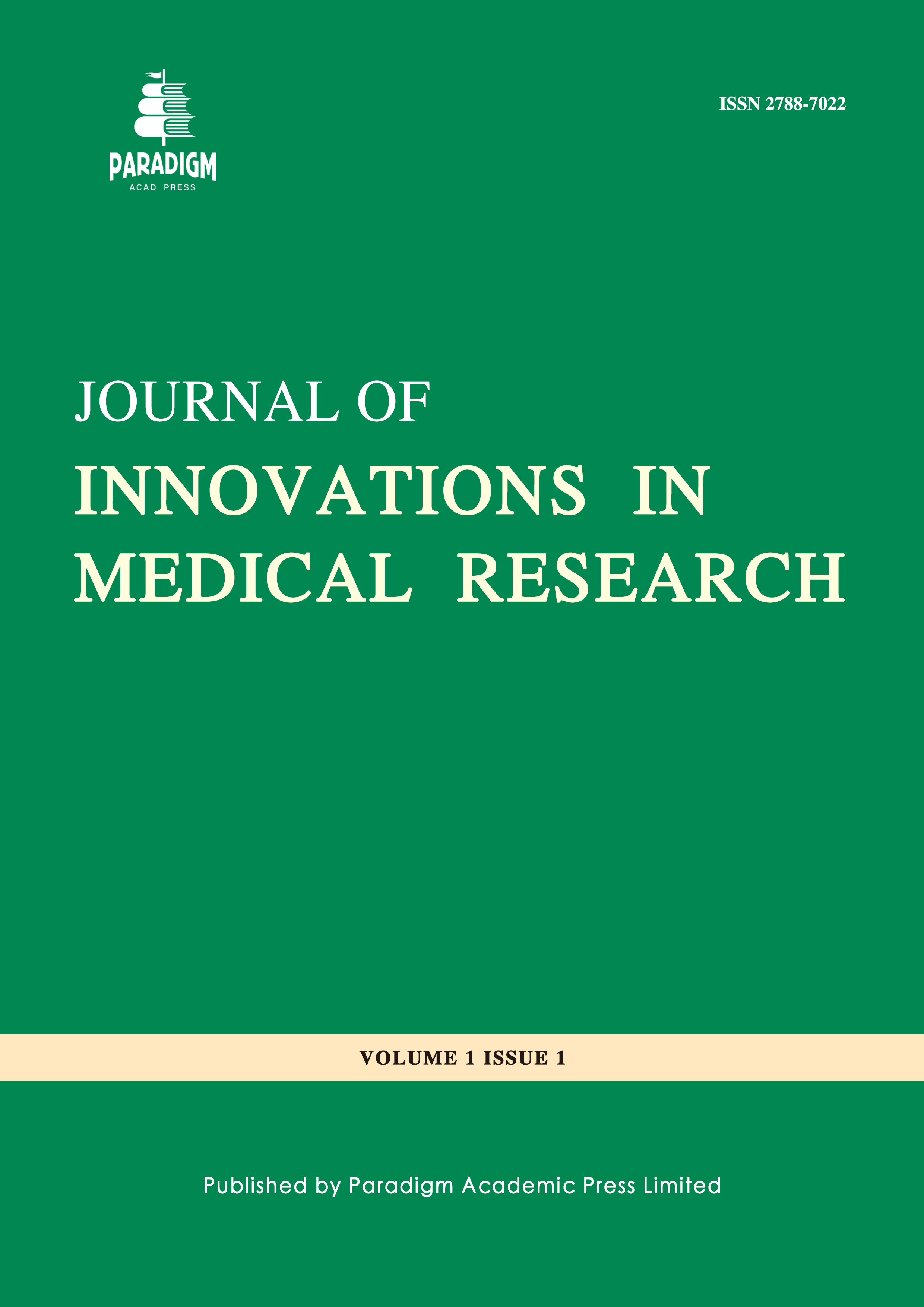Gender Differences in Coronavirus Disease-19 (COVID-19) in Tunisian Population
DOI:
https://doi.org/10.56397/JIMR/2022.09.06Keywords:
COVID-19, gender, SARS-CoV2, severity, prognosis, TunisiaAbstract
Introduction: The aim of our study was to determine if the gender influences the clinical presentation and/or the outcome of the new coronavirus disease 2019 (COVID-19) in Tunisian population. Methods: Prospective cross-sectional study including 143 patients with confirmed COVID-19 infection, admitted in the Pneumology Department of the Military Hospital of Tunis between September 2020 and January 2021, during the first infection-wave. Results: There were 99 men (69.2%) and 44 women (30.8%) with a mean age of 61.66 years: 61.66 years for men and 61.68 years for women, and a sex-ratio of 2.25. The clinical presentation of the infection was significantly more severe in men: Tachycardia>100 bpm (15.2% Vs 2.3%, p=0.034), neurological symptoms (5.1% Vs 4.5%, p=0.008) and oxygen desaturation<90% (19.2% vs. 20.5%, p=0.002). Radiologically, pulmonary involvement was more severe in men with significantly more bilateral damage: 75.8% Vs 59.1%, p=0.048, and pulmonary embolism: 9.1% Vs 6.8%, p=0.045. Men have received more second-line antibiotic (ATB) treatment (Quinolones, Tetracyclines…) with a prolonged ATB course duration. Furthermore, they needed more systemic corticosteroids compared to women. Severe complications, Intensive care unit (ICU) admission, and in-hospital mortality were significantly higher in men compared to women: 16.2% Vs 15.9%, p=0.006, 21.2% Vs 22.7%, p=0.017, and 10.1% Vs 6.8%, p =0.055 respectively. Conclusion: In our study, men affected with COVID-19 were more prone to severe infection forms, leading to higher ICU admissions, severe radiological lesions, greater use of antibiotics and worse outcomes.



